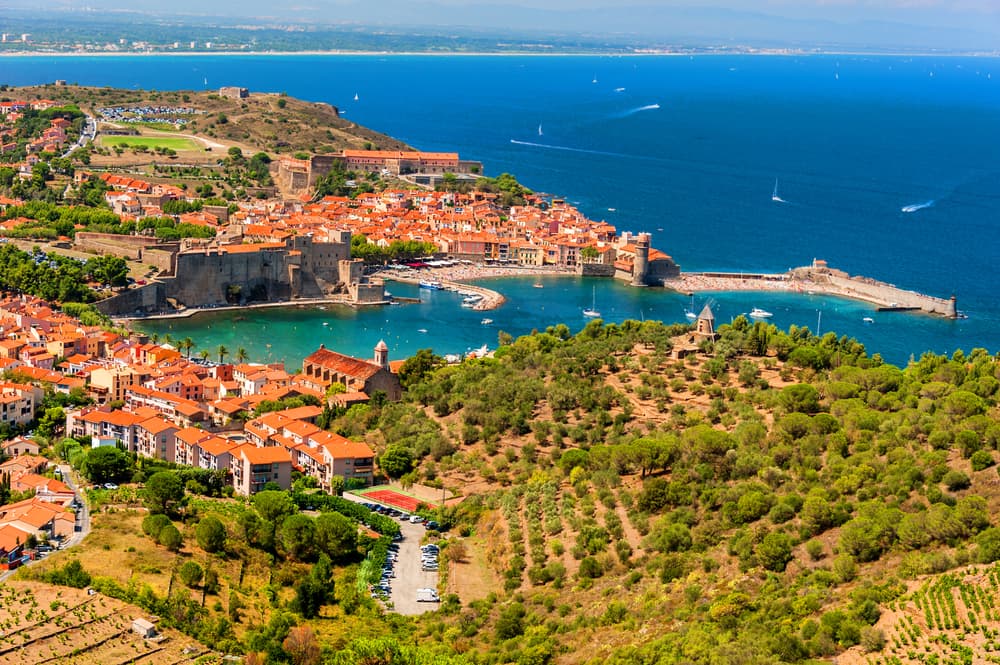

The colorful Catalan boats, the women dressed in black, the bougainvillea in bloom, the old stones in golden hues...
When in 1905 he joined his friend, the diversionist painter Paul Signac, in this city bordered by a glittering sea, Henri Matisse found a new artistic breath that will have a lasting influence on modern art.
Freeing himself from the pictorial rules of the 19th century, in particular with a revolutionary use of colors, Matisse and his companions were then qualified as "Fauves" by a critic during the Autumn Salon in Paris.
The color especially, and perhaps even more
than the drawing, is a liberation.
He, like his colleague who ironically used the term "impressionist" to describe Monet's painting "Impression soleil levant", had no idea that this pejorative term would give the name to this artistic movement.
André Derain, Albert Marquet, Raoul Dufy, Georges Braque, Foujita, Juan Gris, Maurice de Vlaminck, Charles Camoin, Albert Marquet or Kees Van Dongen...
All of them were inspired by the enchantment of colors and light specific to Collioure to dig the breach opened by Matisse and today, thanks to these pioneers, the small town of Occitania is visible in museums around the world.
What if, rather than faithfully representing reality, a painting should rather let the emotions of the painter express themselves by freeing themselves from perspectives and the faithful reproduction of colors? This is the freedom that the Fauvists took at the very beginning of the 20th century: to dare the frank use of yellow, orange, pink, red, blue or green colors, sometimes totally invented, to depict a place, a character or a scene of life.
Chromatic audacity associated with simplified forms and very marked contours contrasting, in particular, with the softness of impressionism (from which the painters nevertheless take up the work on light and the predilection for outdoor scenes).
An art based more on instinct than on reflection, Fauvism would only live for a few years, but this new approach to painting would give birth to other major artistic movements. A pictorial revolution which would perhaps never have seen the day without the arrival of Henri Matisse in Collioure. To follow in the footsteps of these very inspired Fauvists, the city offers walks punctuated with reproductions of works of the period. A great way to travel through time and art history.
Valerie from Comme des Français
Continue your artistic journey with these articles: